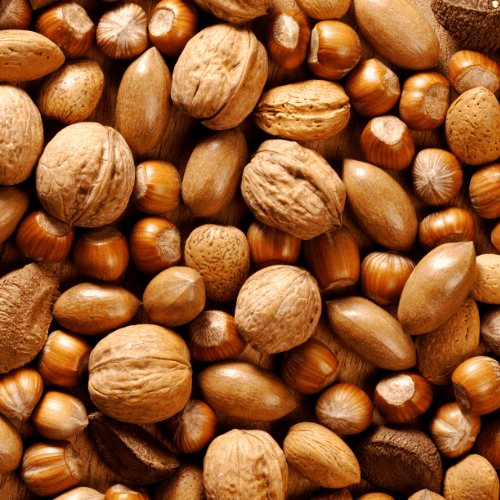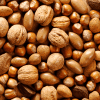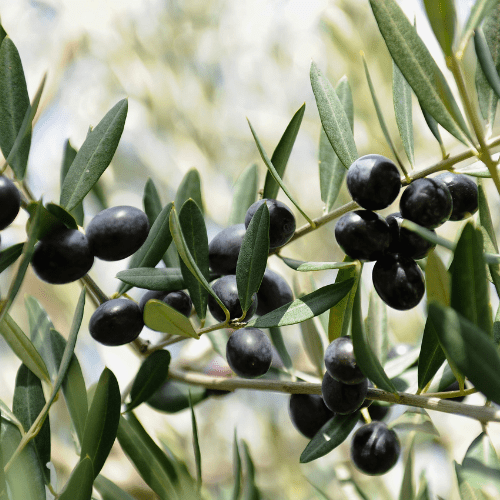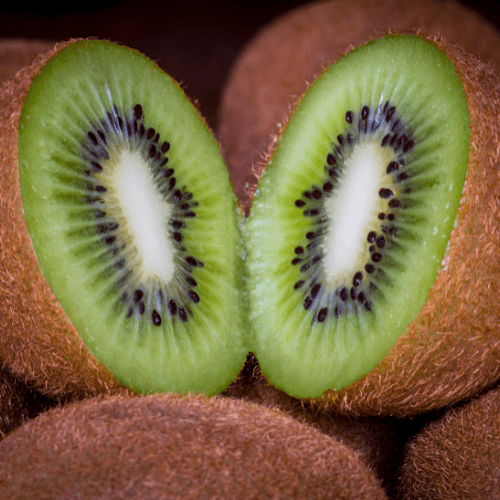Position
Full sun is best for pecan nut trees. Dig a hole of at least 1 metre wide and 2 metres deep. Fill the hole with water before planting your tree to the same level as it was in the nursery pot. Allow 5 metres all around the tree and a good distance from structures and power lines. Keep the soil around the tree free from weeds and grasses.
Size
A pecan nut tree can grow extremely tall. Top a new tree to a height of 1 metre to encourage branching, which forms a framework.
Soil Type
A mixture of well-rotted compost, zinc fertiliser and potting soil or garden soil (if not clay) works well. The plant’s root should be in loose soil with a pH of between 6 and 7. At Just Berry Plants, we stock volcanic rock dust. This contains organic minerals and trace elements, keeping your soil healthy.
Watering
Regular watering is essential for young, newly planted trees. Water them very well and deeply once a week for the first 2 years. For mature trees, soil moisture determines the yield, size and fullness of nuts and the amount of new growth. Water them often enough to keep the soil evenly moist from when the buds swell until harvest.
Mulching
Add a thick layer of pine bark mulch, keeping it about 20 to 30 centimetres away from the tree trunk (any closer may cause excess moisture and damage the trunk). This will retain the moisture in the soil and will prevent weeds from taking over.
Fertilising
Paint the trees with white interior latex paint mixed in equal parts with water to protect them from sunburn and attack by flathead boring beetles. Use our slow-release nitrogen-rich all plant fertiliser. Apply 1 teaspoon every 4-5 months.
Pruning
Prune your pecan trees in winter, cutting away dead bark to open the tree to the sunlight.
Pests and Diseases
Aphids, citrus psylla, red scale, citrus greening. Spraying regularly with Agricultural Neem Oil or Effective Microorganisms (EM Control ) will assist in either prevention or after the fact. If you already have aphids or mites, wash the tree with a harsh hosing, and when dry, spray with Neem oil or EM Control.
Practice good garden hygiene (remove fallen fruit and leaves).
Watch for root rot (if overwatered) and fungal infections during wet periods.
Harvesting
Pecan nuts are usually harvested between April and July in South Africa. When they are ripe, their green husk dries and splits open, allowing the nut to fall out.









